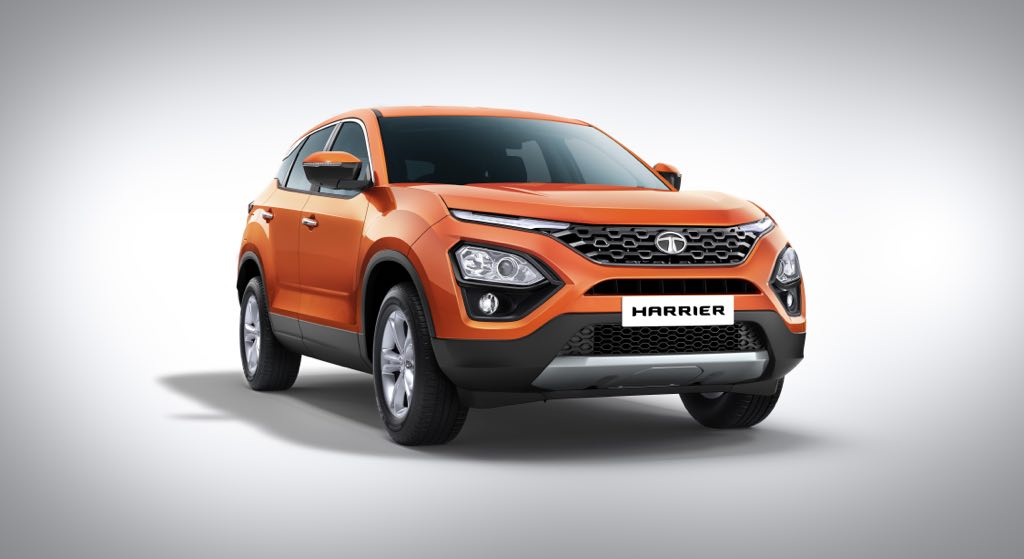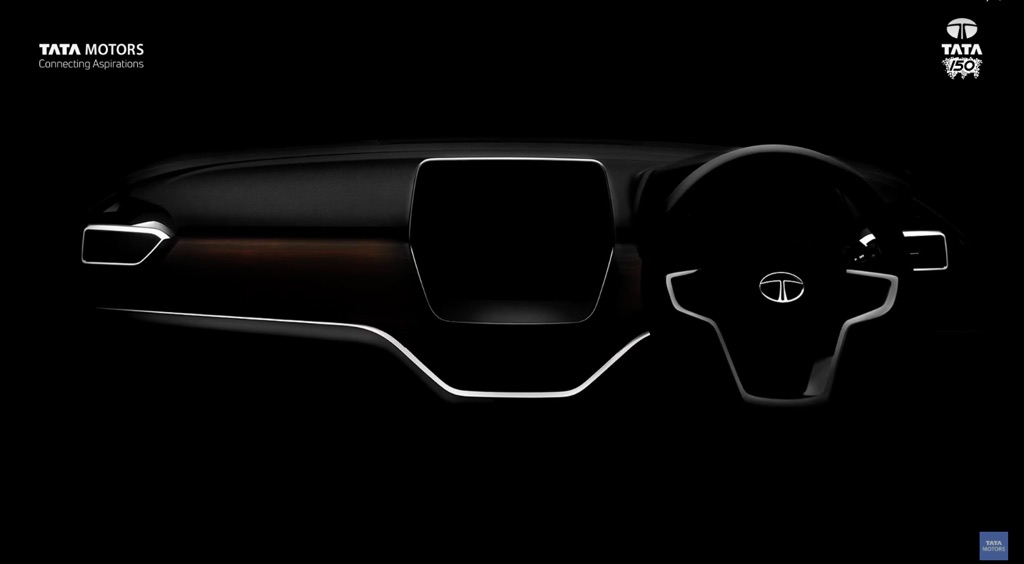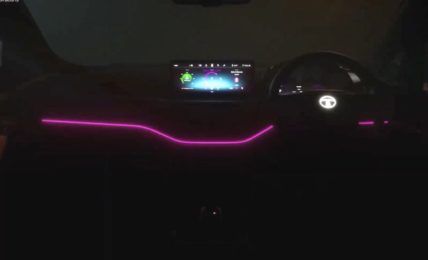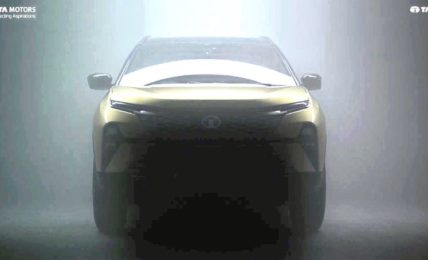Why Tata Harrier’s premium pricing over the Hexa will be justified.

Tata Motors is all geared up to launch what could just be the company’s most anticipated car after the Nano. With the new Harrier, Tata is leaving no stone unturned in making this their flagship SUV. The word ‘flagship’ however means a hefty price tag. Many have been hinting a price range of Rs. 16-21 lakhs, including Tata dealers. This price bracket will bring the Harrier very close to the Hexa.
The Tata Hexa wasn’t the talk of the town when it was launched. But it quickly left its mark as a capable crossover worthy of being a credible rival to the Toyota Innova Crysta. Suddenly paying Rs. 22.8 lakhs (top-end XTA, on-road Mumbai) did not seem like a bad idea. With the number of Hexas I see everyday on the road, I reckon the car has done remarkably well for the company. Although the Toyota Innova continues to give the Hexa a good fight, the latter still comes across being a better value. Thanks to its tough stance, spacious interiors, superb ride quality and great comfort.
The question is are customers willing to pay a price greater than that of the Hexa, for an SUV that will be smaller, less powerful and less practical? The Harrier has its work cut out when it comes to pricing and that alone could be the greatest challenge for Tata. Initially the Harrier will be launched only in a diesel front-wheel-drive version with a manual gearbox. The prices are likely to range between Rs. 16-21 lakhs (on-road) for this specification. The subsequent automatic and four-wheel-drive options might take the price of the Harrier in the range of Rs. 25 lakhs, making it significantly more expensive than the Hexa.
There is a good chance that the premium pricing of the Harrier will be justified. To start with, the Hexa uses a modified version of the Aria platform. The Harrier, on the other hand, is underpinned by a far more capable Omega platform which also underpins the Land Rover Discovery Sport. This means that the Harrier will benefit from driving dynamics near-identical to Land Rovers as it will have a similar floor plan, steering and an all independent suspension. The sophisticated platform means that the Harrier will be more expensive to make than the Hexa but it will also deliver a driving experience superior to that of the body-on-frame Hexa.
Tata seems to be knocking doors of more manufacturers for their Harrier. The automatic gearbox, for instance, won’t be developed in-house. It will be sourced from Hyundai, making it more expensive than the automatic gearbox found in the Hexa. The auto gearbox in the Hexa is effortlessly smooth and the Hyundai sourced gearbox is likely to be even better. The same goes for the engine. The Hexa’s 2.2 Varicor 400 motor has huge reserves of power but Tata has decided to put a MultiJet II engine in the Harrier. It is the same unit that is used in the Jeep Compass. Tata likes to call it ‘Kryotec’ and it is believed to make about 140 BHP in the Harrier and about 300 Nm of torque. The engine is significantly less powerful than the one in the Hexa, but because the Harrier is a monocoque, it’ll be much lighter than the Hexa as well.
In all, it is very unlikely that Tata will position the Harrier below the Hexa but with the more sophisticated Harrier priced around the Hexa, sales of the latter will surely be affected or if priced at a premium over the Hexa, it might come across as too expensive. It is the first time Tata Motors is working in tandem with Land Rover for their product and the platform is set to give us a Tata like never before. Add to that the expertise of Fiat and Hyundai for the powertrain, it is difficult to assume the Harrier for anything but a world class product. What I like personally, is that Tata Motors did not shy away from taking help of other companies in making their flagship SUV. It shows how committed the company is to give their customers a product worthy of its hype. Indeed, the stakes are high and it is only a matter of days before we see the product in the flesh. Fingers crossed!
Tata Harrier Positioning
– Tata is aiming higher with the Harrier
– Tata has worked with Land Rover and sourced the engine from Fiat
– This is likely to make the Harrier more expensive than the in-house developed Hexa




